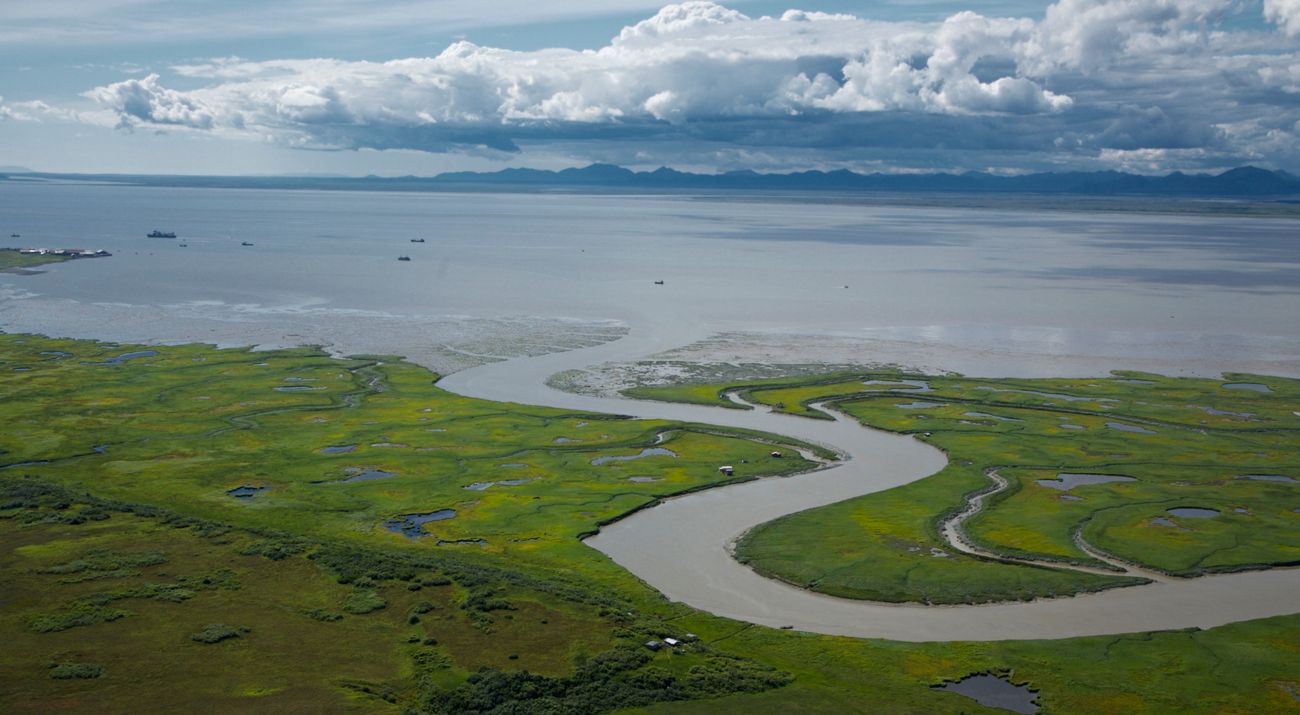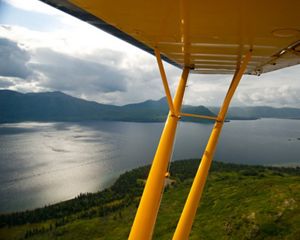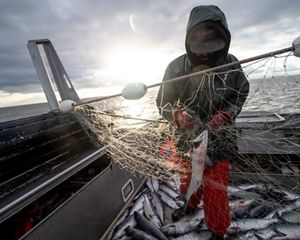What You Should Know About Alaska's Bristol Bay
Wild salmon are the heart of a way of life.
Alaska’s Bristol Bay is a place of forests, mountains and tundra—and water. Especially water. Pristine and often breathtakingly clear, these waters sustain the planet’s healthiest runs of wild salmon and the many communities who’ve long relied on them.
Bristol Bay Salmon Facts
-
54M
In 2023, 54.5 million wild salmon migrated to Alaska’s Bristol Bay.
See it here -
30
A hungry brown bear can eat 30 wild salmon in a day.
Watch bears catch salmon -
3
The 40,000-plus-square-mile Bristol Bay region is home to three distinct Indigenous cultures with strong ties to salmon: Central Yup’ik, Alutiiq/Sugpiaq and Dena’ina.
learn about Native languages -
$2.2B
Sustainable commercial wild salmon fishery valued at $2.2 billion annually.
See how it adds up
Bristol Bay and Wild Salmon at Risk
Everything runs on wild salmon in Alaska’s Bristol Bay. Nature runs on salmon. Livelihoods. Ways of life. Communities. Business and industry. Salmon is the basis of living, thriving, millennia-old Indigenous traditions. The lands and waters of Bristol Bay produce more wild salmon than anywhere else on Earth, which supplies a sustainable commercial salmon fishery valued at $2.2 billion annually.
Speak Up for Nature
At our Online Action Center, ask Congress to act and defend Bristol Bay!
Take ActionYet this vital, globally important salmon run is in danger. We may be facing our last, best chance to save Bristol Bay. Development pressures continue to rise. After two decades of community opposition and comprehensive scientific review, the U.S. Environmental Protection Agency halted the Pebble mine—once proposed to be the largest open-pit mine in North America. Yet multiple mineral exploration proposals remain, threatening the pristine Bristol Bay headwaters.
The Nature Conservancy joins with our partners in Bristol Bay communities in their work to protect a way of life and a healthy environment, restore local access to the fishery, build a sustainable local economy, nurture traditions that date back millennia and help to prepare the next generation to lead their communities.

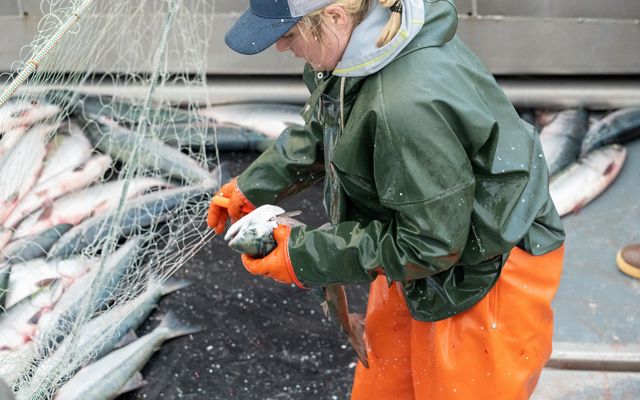
Six Things to Know About Bristol Bay
Between the mountains and the sea, Bristol Bay, Alaska, has always ranked as a place of remarkable natural abundance. Its wild salmon number in the tens of millions, more than anywhere else on Earth. It’s a natural wonder, and more: Wild salmon is a source of life for people and nature.
1. It has 6 pristine river systems.
Six major rivers and thousands of miles of tributary streams teeming with wild salmon flow into Bristol Bay’s rich marine waters. These pristine rivers flow from the farthest reaches of a vast Ohio-sized region of tundra, forests, mountains, glaciers and giant lakes.
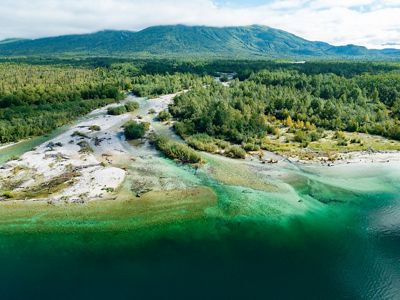
2. There are 31 federally recognized Indigenous Tribes.
Globally, lands stewarded by Indigenous Peoples hold 80% of the world's biodiversity. The Indigenous people of the Bristol Bay region have stewarded its healthy lands and waters for thousands of years—a legacy of care guided by deep connections to place, culture and ways of knowing the world around them. Today, the region's 31 federally recognized Tribes represent three of Alaska's distinct Indigenous cultures: Central Yup’ik, Alutiiq/Sugpiaq and Dena’ina.
A tradition of Indigenous-led stewardship continues in a multitude of ways. Preparing the next generation of community leaders through the Bristol Bay Ciulistet program is one example.

3. There are no roads.
For the 7,000 people who live here, travel throughout the Bristol Bay region is mostly by boat and by air and, in winter, by snow machine. No roads connect its far-flung villages to the rest of Alaska.
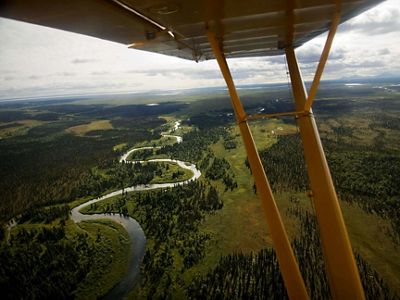
4. Commercial salmon fishing is a $2.2 billion industry.
The commercial Bristol Bay salmon fishery is certified sustainable by the Marine Stewardship Council. The industry is valued at $2.2 billion annually, supports a fishing fleet of more than 2,000 vessels and employs 12,000+ people every summer. Many in local communities are concerned about a loss in local access to this healthy fishery.
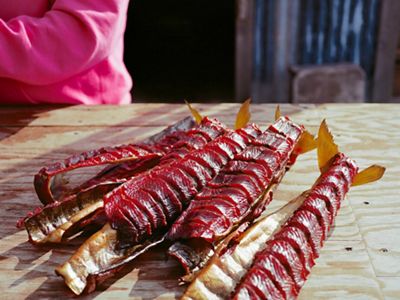
5. Local fishery access has declined 50% in 50 years.
A compelling report commissioned by The Nature Conservancy, Righting the Ship: Restoring Local Fishing Access and Opportunity in Bristol Bay Salmon Fisheries, by Dr. Rachel Donkersloot, shows a long-term decline in local Indigenous fishing rights and explores the policy contributing to this tremendous loss to rural economies.
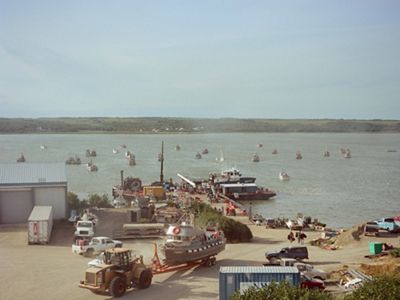
6. Bears need salmon.
Bristol Bay is a vast and wild region of Alaska, known for brown bears, wolves, beluga whales and so much more—but proposed mineral exploration projects at remote locales in Bristol Bay jeopardize clean waters and astonishing salmon runs. You can help by telling Congress to defend Bristol Bay with community-supported, permanent protections.
How salmon support life in Bristol Bay
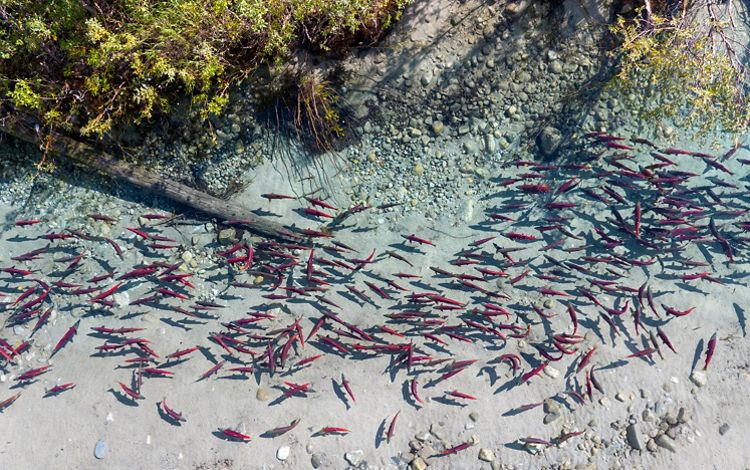
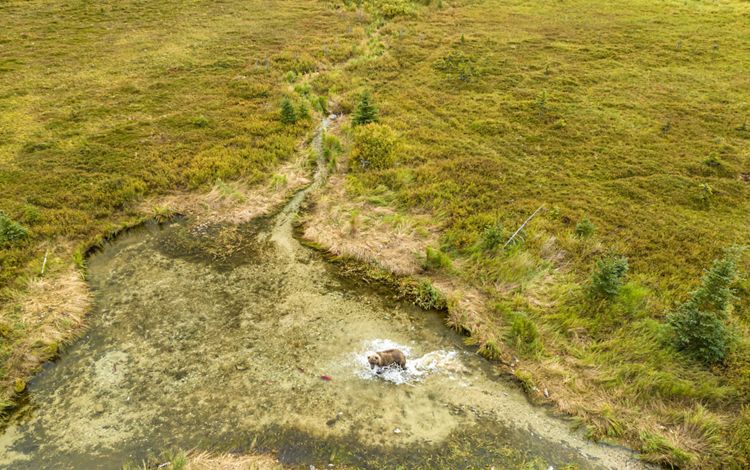
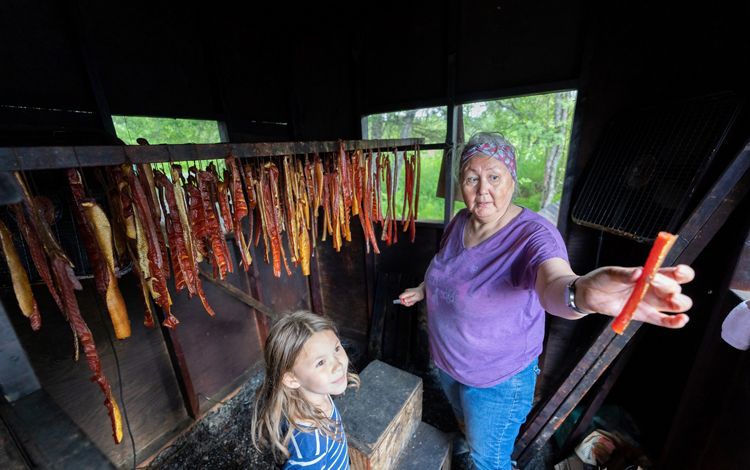
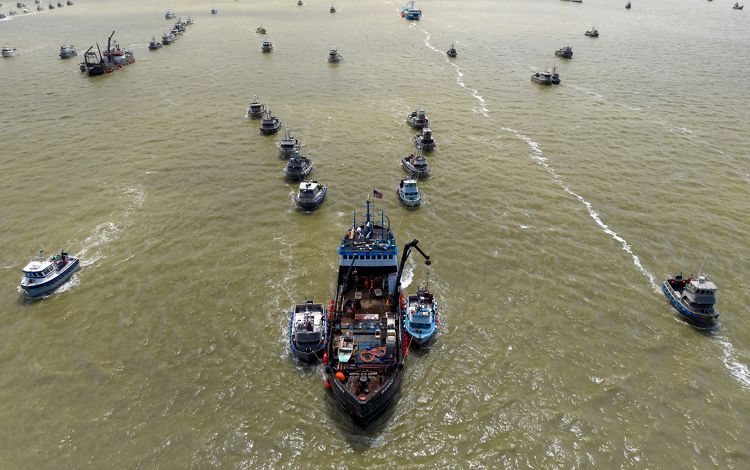
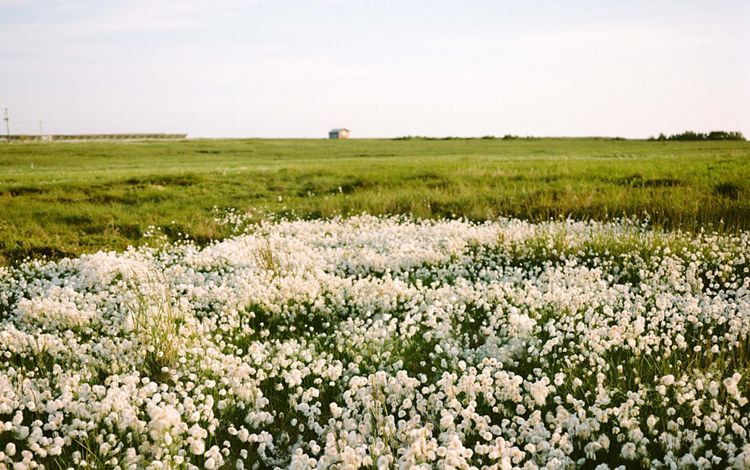
Five Ways to Help Bristol Bay
Your efforts can make a difference in Alaska’s Bristol Bay. In our connected world, even from afar, we can achieve so much when we work together and find a way!
-
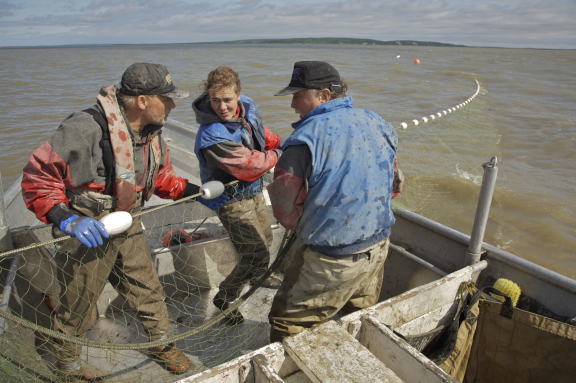
Get Involved!
Ask Congress to act and defend Bristol Bay via our Online Action Center! Take Action
-
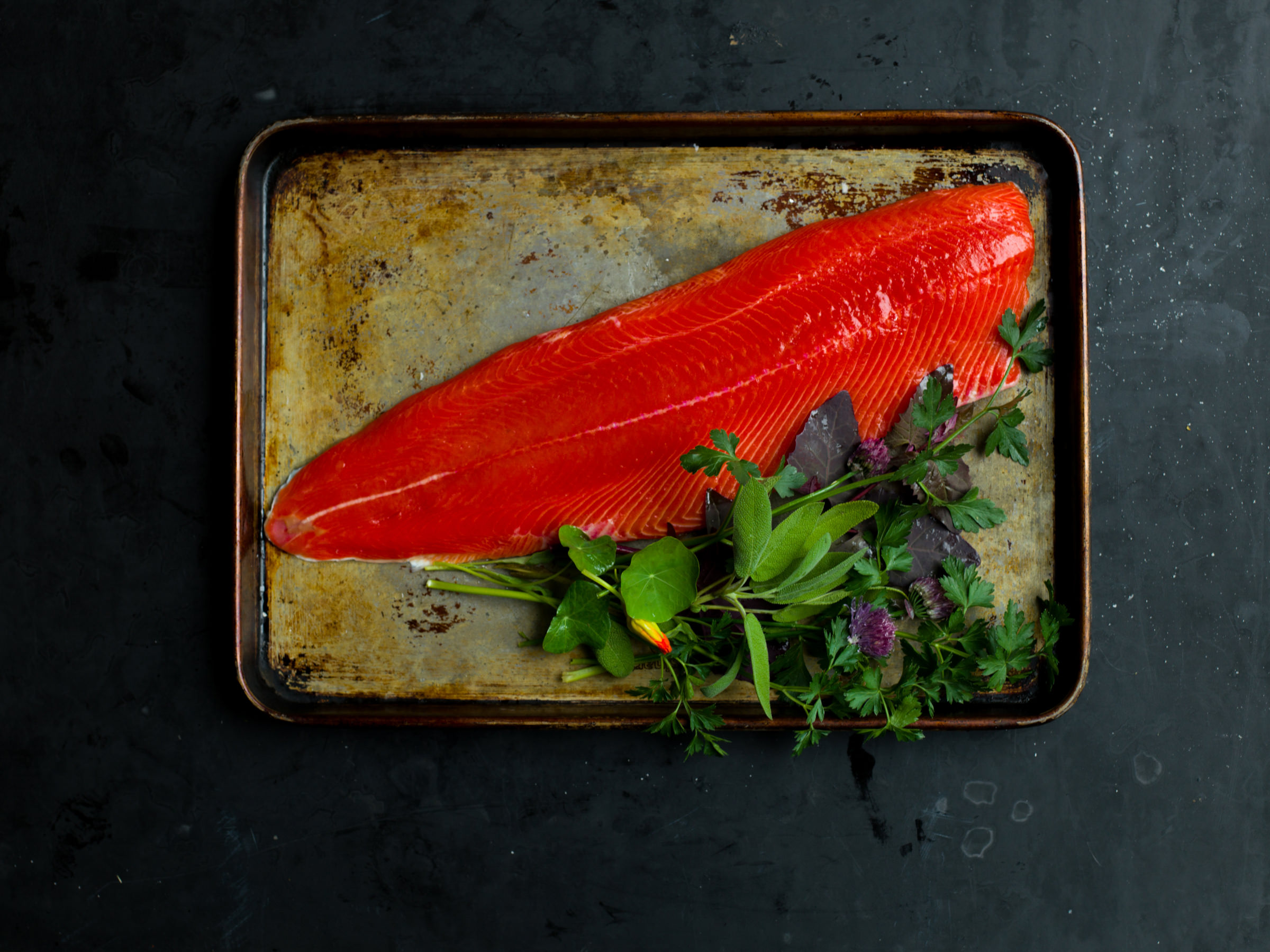
Ask for Wild Bristol Bay Sockeye Salmon at Your Seafood Counter!
A vibrant commercial fishery builds strong and bold voices for protecting salmon streams. Our friends at Bristol Bay Sockeye will help you find wild salmon for your next dinner! Find Your Fish!
-
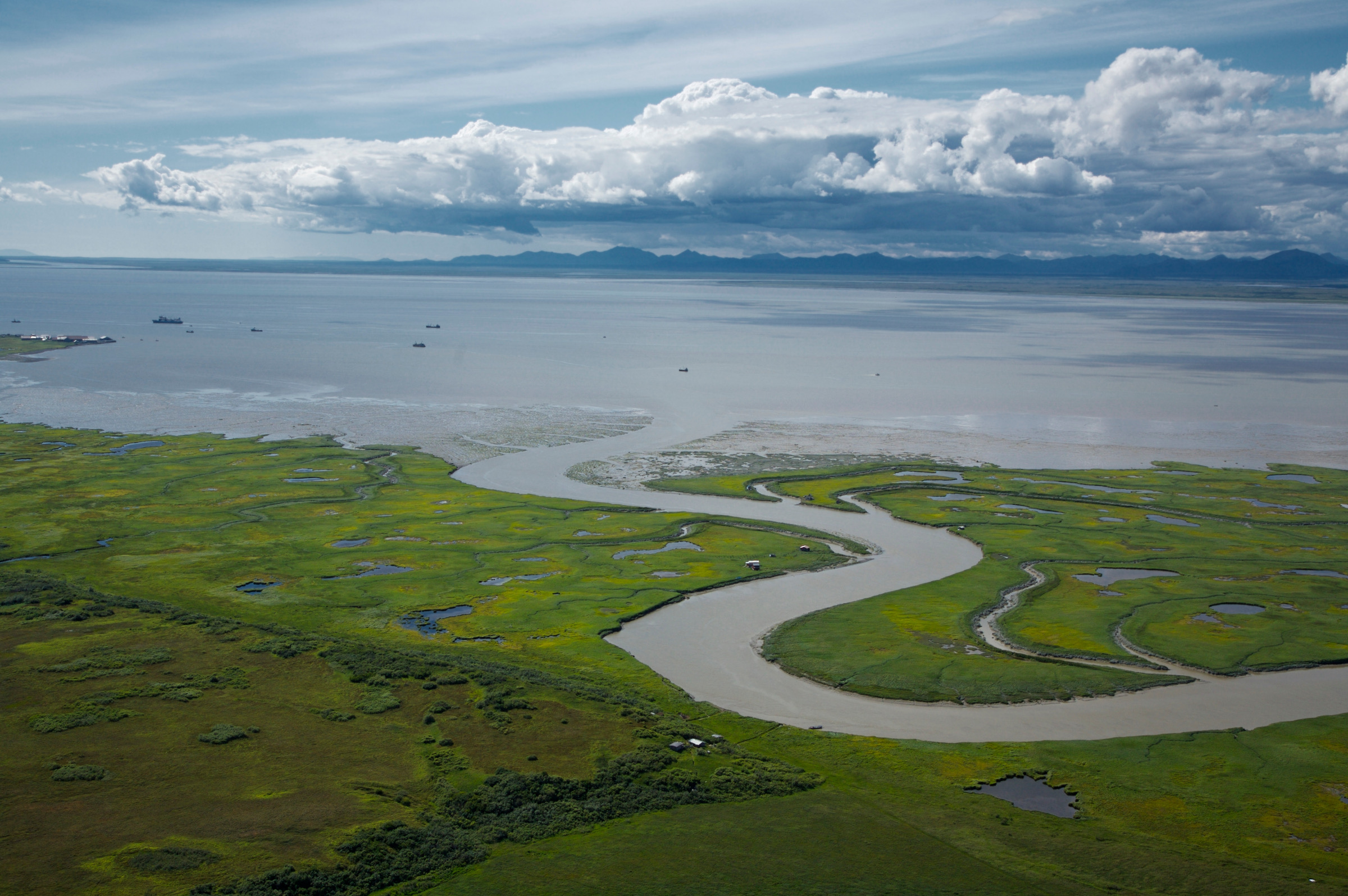
Donate Now!
Your donation supports a comprehensive effort to defend Bristol Bay headwaters, protect fish and wildlife, support Indigenous authority in local decision-making, and build robust and sustainable local economies. Donate
-
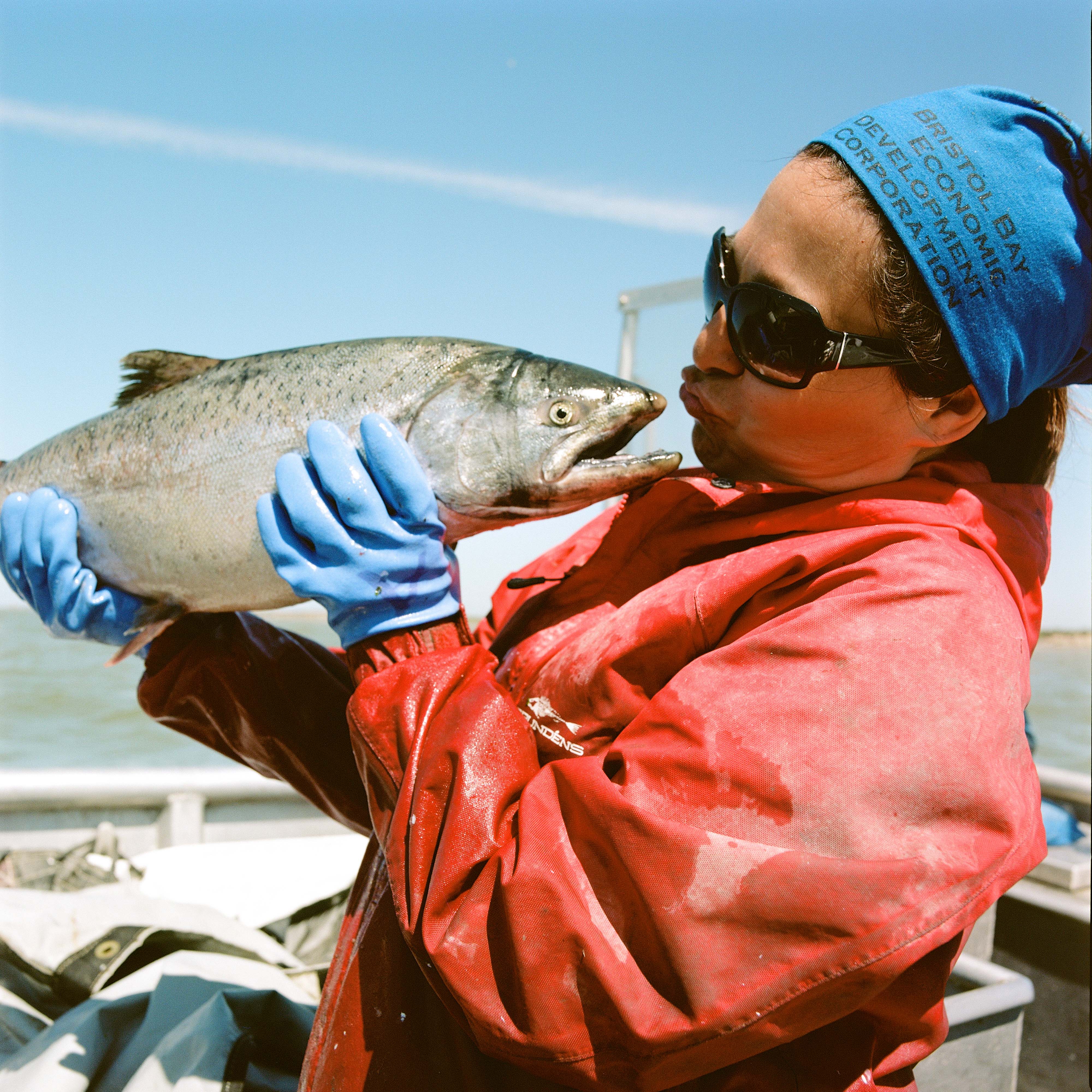
Tell Your Friends About Bristol Bay!
Did you know that half of the planet's wild sockeye salmon begin their lives in the headwaters of Bristol Bay? For more about the people and place, share "Last Run," an article in Nature Conservancy magazine. Read and Share
-
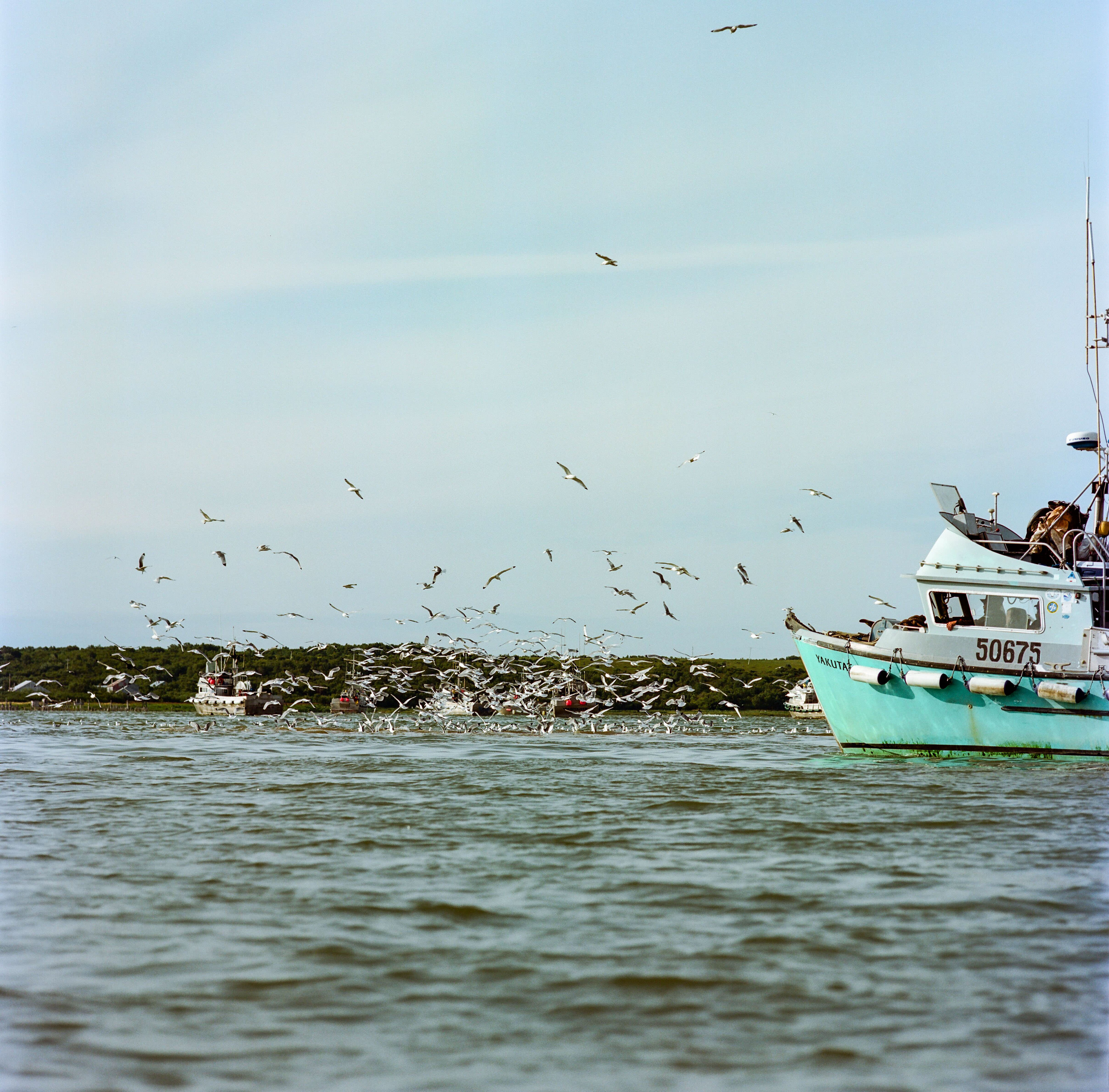
See It to Believe It!
Share this incredible Bristol Bay slideshow from Alaska photographer Brian Adams. View the Slideshow
